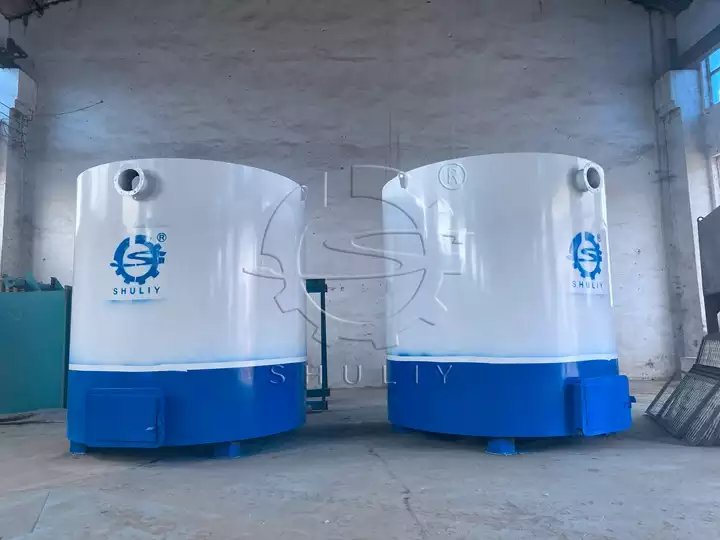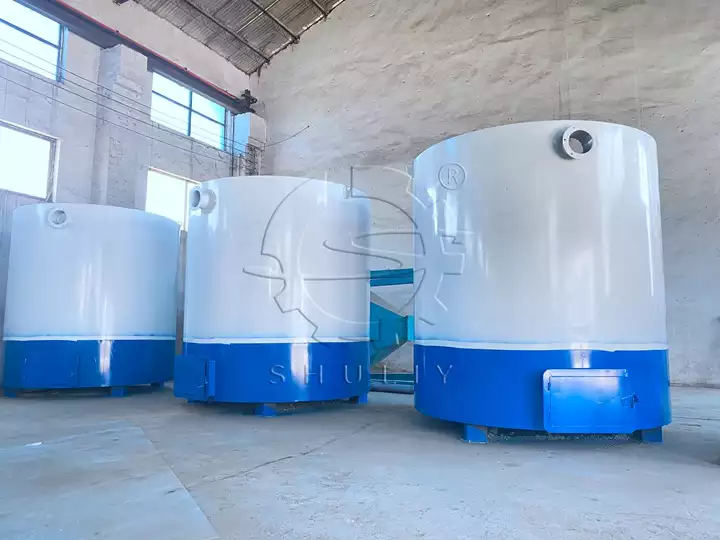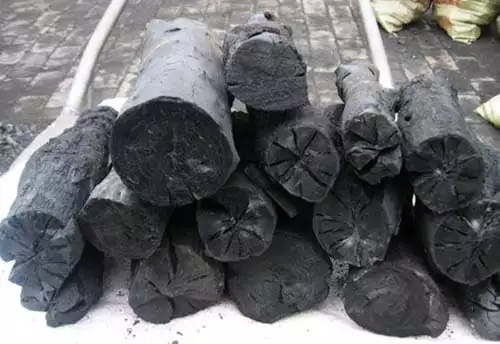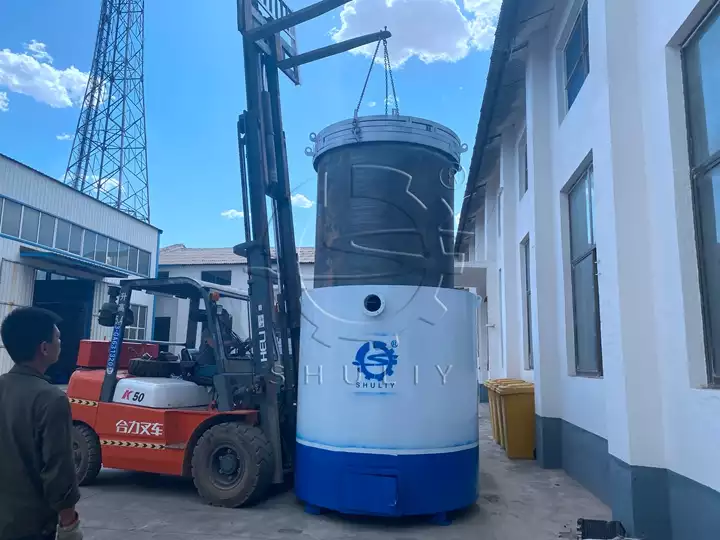2t/d vertical carbonization furnace sold to Nepal
Table of Contents
Very happy to work with clients in Nepal! This customer purchased a vertical carbonization furnace for log charcoal production while utilizing the gas for tile business production. Please see the details of the case below.

Challenges of this Nepalese client
Nepal’s tile manufacturing industry has always faced a fuel problem. Traditional tile kilns often rely on charcoal, which poses a threat to Nepal’s forest resources. Our Nepalese client, a tile manufacturer with a long history, actively seeks environmentally friendly alternative energy sources to reduce his reliance on charcoal.
Finding an environmentally friendly alternative
The client learned that the charcoal furnace is capable of converting wood waste into charcoal while producing a valuable gas by-product. This gas by-product can be recycled and used to heat the kiln, replacing traditional charcoal. Therefore, he started to explore the right lifting charcoal furnace to meet their needs.


Shuliy vertical carbonization furnace solution
The customer contacted us to find a vertical carbonization furnace. Our hanging charcoal oven uses highly efficient gasification technology to convert wood waste into high-quality charcoal while generating a valuable synthesis gas. This synthesis gas can be used as fuel in tile kilns, enabling the recycling of resources.
Purchase order for Nepal
| Item | Specifications | Qty |
| Carbonization furnace | Model: SL-1500 Output capacity:700-800 tons charcoal/8- 10 hours; 2 tons charcoal per 24 hours Cooling time:8-10 hours Raw materials: Wood logs, wood branches, coconut shell, nut shell, etc. Heating resource: waste wood,50-80 kg wood log per furnace Include two inner stoves; Include hanging | 2 sets |

What benefits this Nepalese client?
Through the use of the Shuliy hoisted charcoal furnace, our Nepalese customers have not only realized an environmentally friendly alternative to charcoal, but have also gained significant economic benefits. He has successfully converted wood waste into high-quality charcoal, significantly reducing his energy bills while helping to conserve Nepal’s valuable forest resources.
